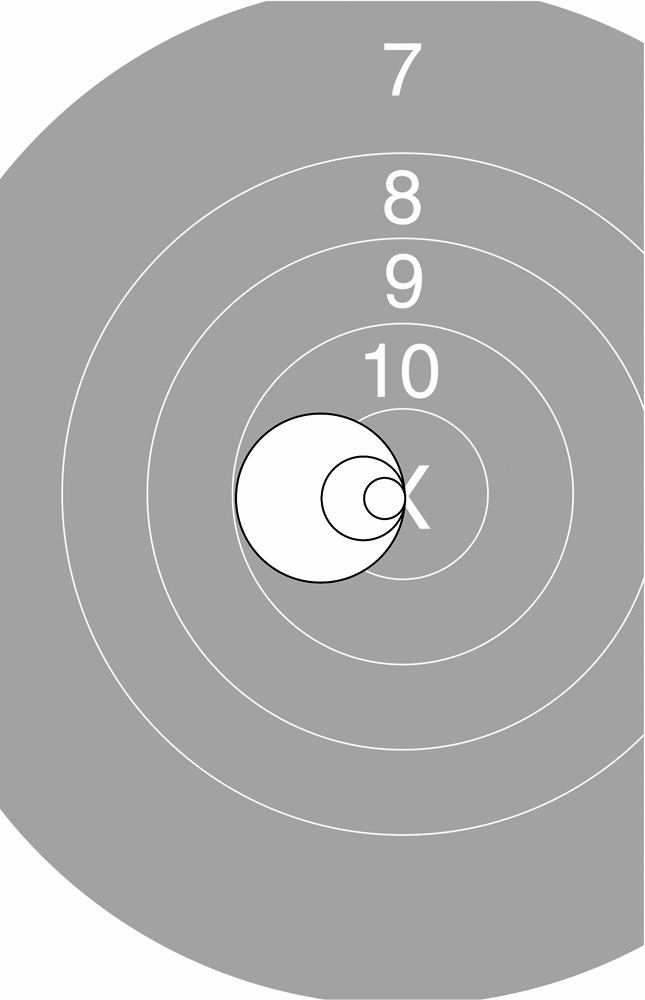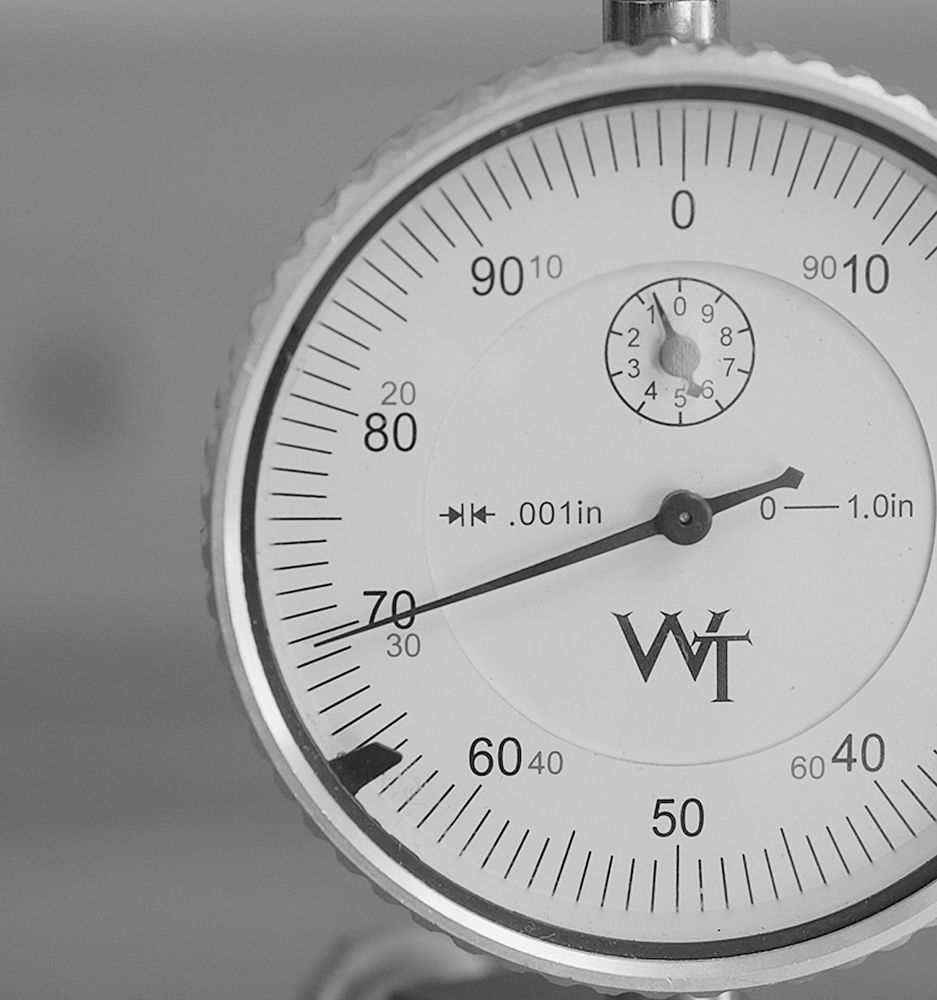Can you take a focus on accuracy too far, or never far enough? Here are some thoughts on why better accuracy (really) matters…
Glen Zediker
Anyone who has ever read one of my books knows the extent of tickiness that can be involved in handloading. Competitive shooters also tend to get pretty wrapped up and sometimes entrenched hopelessly in technical rifle details. All these things we do are done in the hope of better accuracy: smaller shot groups.
Why bother with tickiness? Well, the answer (always) depends on the level of tickiness afoot and on the level of reward we get from it. No other answer makes any sense.
Accuracy always matters. If you do something different or new in the handloading process and see better shot groups, that no doubt was worth it. Ultimately, it was worth it. It might have been upgrading tools, experimenting with components, one or more case prep steps you hadn’t tried before. It’s still always a payback over the expense, time, and effort. But. It’s another level, attaining another level. It’s stepped up. I’ve compared all this to other endeavors where attaining that new level forever eclipses the old. But then there’s also the time and the effort. When I load ammunition, I consider its purpose. I do not turn case necks for ammo that’s going through my old SP1 on a Sunday afternoon of tin can hunting with my sons. For that, I’m interested in volume and function: the best way to load a lot of .223 Rem. with bulk-packed bullets and ball gunpowder, and with the fewest number of steps. We need a lot of ammo because we have eradicated entire species of discarded objects.
But, let’s for the rest of this assume that the sole purpose is the smallest group sizes we can get, day in and day out. That’s easier to talk about and make sense of, because, no doubt, there are factors that influence it, and I do know what they are.
I’ve always judged accuracy by group size. No shock. Most people do it thataway. I’m also way on more concerned with the worst group my combination shows me than I am the best group. Not everyone views that the same. When it gets down to it, though, I want to know what the worst shot I can anticipate might be because that information is very valuable in adjusting for the next shot. Now I’m talking about shooting for score in a tournament.
I picture a circle that outlines the group size I warrant for my rifle/ammo combination. For my own purpose of clarity, I call it “the accuracy cone.” This circle gets bigger the farther I’m shooting. Shots outside that circle need correction, shots inside that probably don’t. Yes, no, I don’t always launch a perfect shot. So honesty matters, objective evaluation of the shot break.

Mathematically-oriented people may tell you (and I understand this) that testing with 3-round groups provides accurate feedback of a round’s performance. It has to do with probabilities and such. However! I believe too much in luck, or as Buddy Dave calls it, “The Bullet Fairy.” Math-folk will further tell you that the more rounds fired the bigger the shot groupings will become. I’ve seen many instances where that wasn’t true, where the first two or three rounds defined the outer edge of what ultimately became a 10-shot group. I can’t argue with math, but I can argue with myself to the point that I want to see more rounds, and more groups, before I cook up a big batch of a component combination and call it good, or call it “match ammo.”
If you are a competitive shooter, better accuracy helps you get all the points you hold for. We can’t, any of us, ask for more than that. If you are a varmint hunter, it means a close miss may become a hit. The smaller the target the more it matters, or the smaller the goal area on a target is. Aim small, miss small. So let’s miss smaller… Examples can continue, and they might involve a trophy elk in New Mexico, or something even more important to stop in its tracks. It’s doesn’t really matter if the target is 10 feet away, or 10 yards, or 1000 yards, a more accurate firearm is a more effective tool. You can’t miss! Or you sure don’t want to.

LAST WORD
The value of accuracy is undeniable, but the value of time and effort and expense does indeed have a limit. No, I don’t do “everything” possible to my ammo to make it perfect. I have found a few things that really help, things that are reasonably (by my standards) good paybacks. Another tip: Get a good barrel! Honestly: that gets the most from whatever you do, or don’t do, to help the cause.
This article is adapted from Glen’s newest book, Top-Grade Ammo, available at Midsouth HERE. For more information on that and other books by Glen, visit ZedikerPublishing.com









